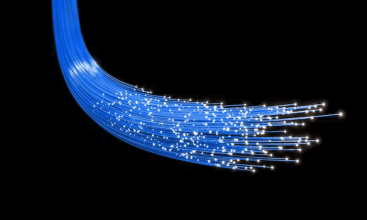Question
a.
Signal Attenuation
b.
Bit error rate
c.
Error rate
d.
Digital noise ratio
Posted under Avionics Engineering
Interact with the Community - Share Your Thoughts
Uncertain About the Answer? Seek Clarification Here.
Understand the Explanation? Include it Here.
Q. Analog signals : Signal to noise ratio:: Digital signals _________
Similar Questions
Explore Relevant Multiple Choice Questions (MCQs)
Q. A sensitive and selective receiver can be made using only amplifiers, selective filters, and a demodulator.
View solution
Q. What type of receivers converts all incoming frequency into a lower frequency for better selectivity and sensitivity?
View solution
Q. What is the output of a mixer circuit?
View solution
Q. What is connected between the antenna and the mixer to avoid oscillator radiation?
View solution
Q. Which of the following is not an advantage of using RF amplifiers in the initial stage of signal selection?
View solution
Q. The LNA of a transducer has failed during the transmission of a signal. Which component’s failure has caused this?
View solution
Q. What type of oscillators are used to input a wide range of frequencies to the IF amplifier?
View solution
Q. Multiplexing increases the number of communication channels for transmission.
View solution
Q. In which of the following systems multiplexing is not necessary?
View solution
Q. Time division multiplexing: Digital signal:: Frequency division multiplexing:?
View solution
Q. What type of multiplexing is widely used in cellphones?
View solution
Q. The transmission of multiple signals in a common frequency without interference is called _______
View solution
Q. For frequency division multiplexing who defines the channel bandwidth?
View solution
Q. What is the individual carrier frequency of each signal called?
View solution
Q. Which circuit does the actual multiplexing process in frequency division multiplexing?
View solution
Q. Which of the following device is used to demultiplex the received signal?
View solution
Q. The system which uses FM for the subcarriers is called _____
View solution
Q. A cable TV service uses a single coaxial cable with a bandwidth of 860 MHz to transmit multiple TV signals to subscribers. Each TV signal is 6 MHz wide. How many channels can be carried?
View solution
Q. Frequency division multiplexing:Frequency slots::time division multiplexing:?
View solution
Q. Serial transmission is not possible without time division multiplexing.
View solution
Recommended Subjects
Are you eager to expand your knowledge beyond Avionics Engineering? We've handpicked a range of related categories that you might find intriguing.
Click on the categories below to discover a wealth of MCQs and enrich your understanding of various subjects. Happy exploring!








